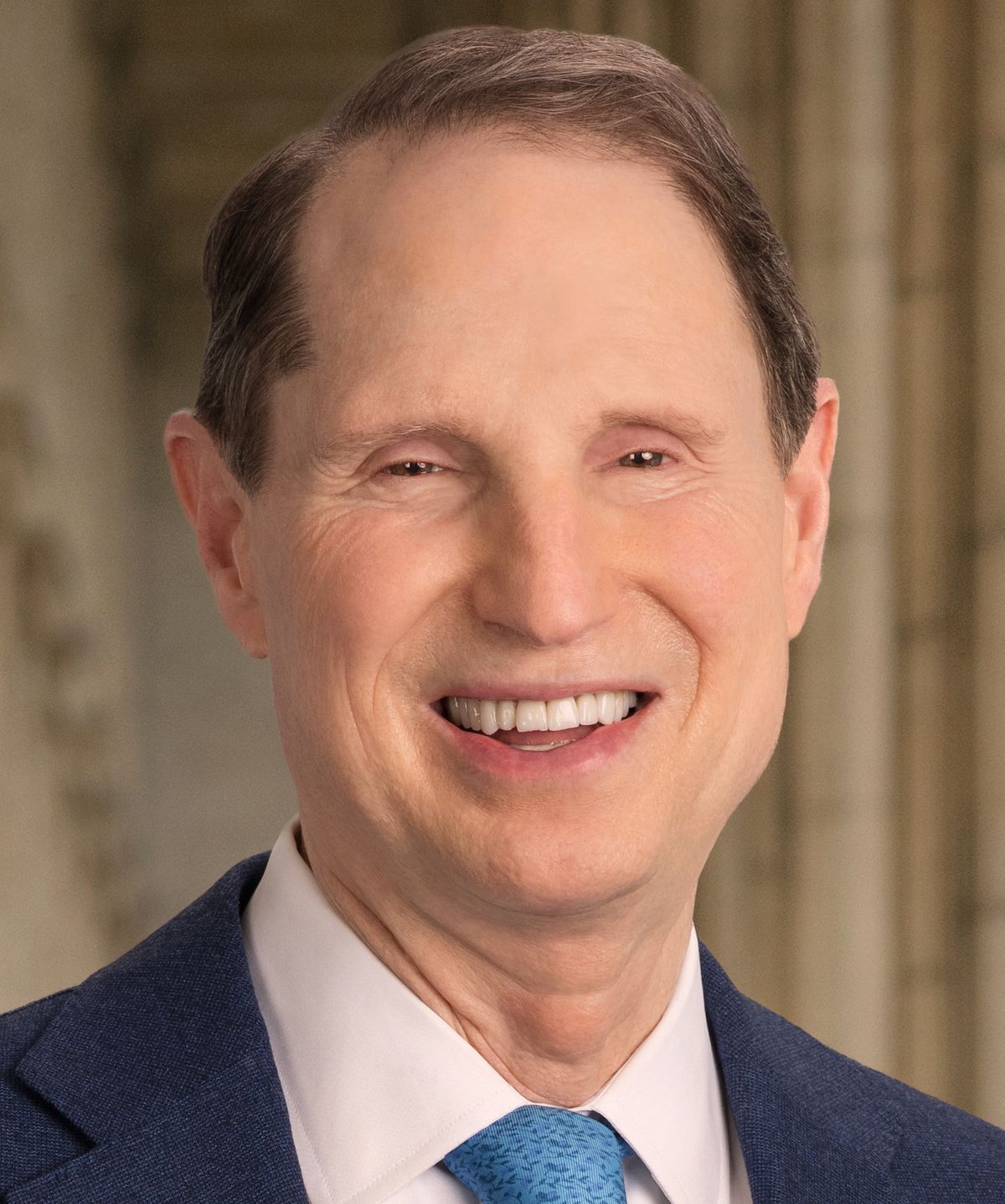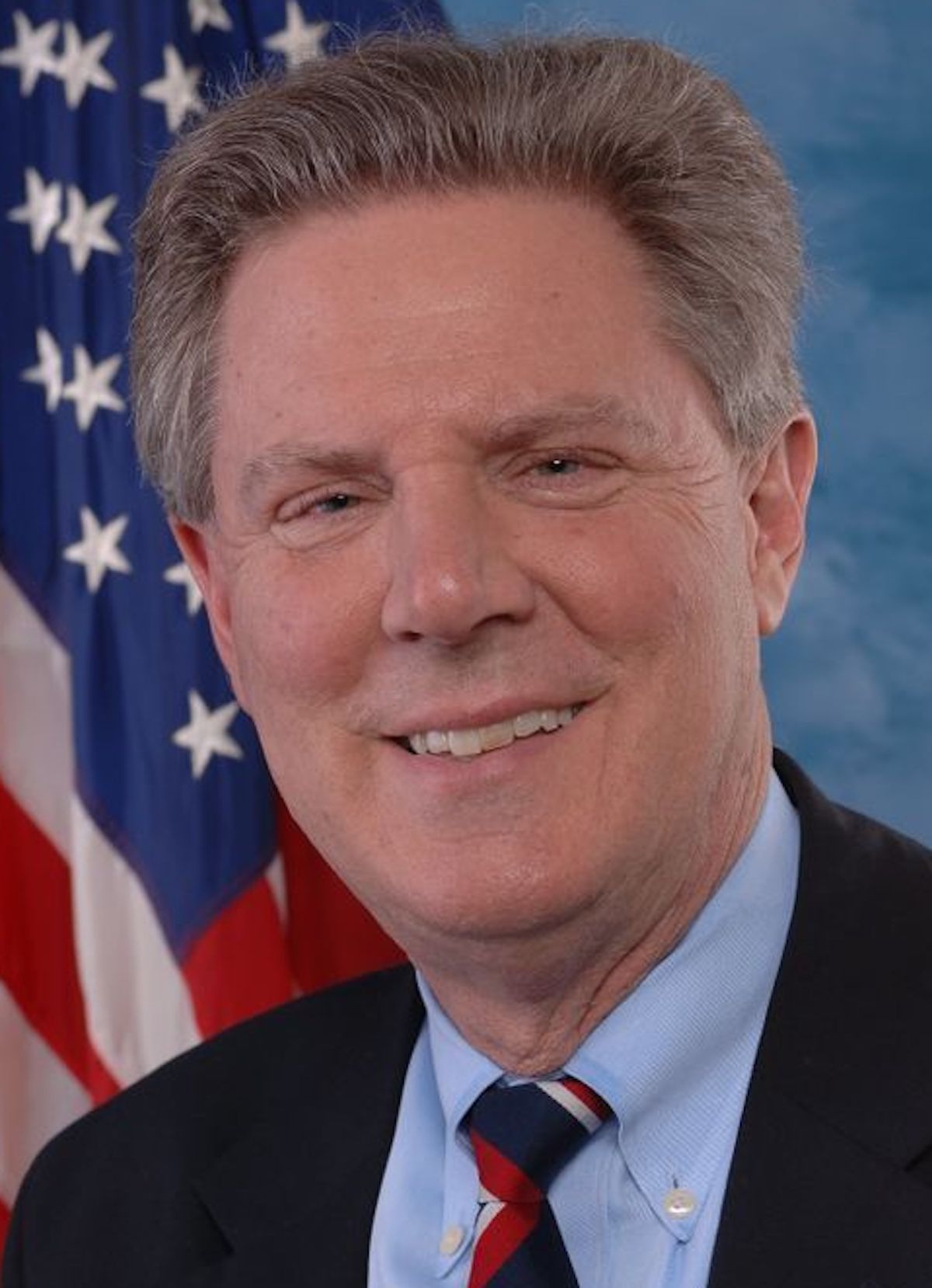News
Article
Lawmakers, experts weigh in on Medicare Drug Price Negotiation Program
Author(s):
Key Takeaways
- The Medicare Part D Drug Price Negotiation Program aims to lower drug costs, but concerns exist about its impact on beneficiaries and drug innovation.
- Critics argue the program benefits the federal government more than Medicare beneficiaries, lacking mechanisms to pass savings to patients.
Democrats claim credit, vow to fight against repeal; patient advocacy group offers critique.
© Timon - stock.adobe.com

The Medicare Part D Drug Price Negotiation Program generally earned praise upon releasing the latest list of 15 drugs that will be included in price talks.
However, there are flaws in the program, according to at least one advocacy group for seniors.
On Jan. 17, the U.S. Centers for Medicare & Medicaid Services announced the next 15 drugs selected for the Medicare Part D Drug Price Negotiation Program. The announcement gained attention due to the inclusion of Type 2 diabetes drug Ozempic (semaglutide) and its weight loss form, Wegovy. But lawmakers and policy experts issued statements describing medical and financial implications of the program. For the second round of talks, the prices will take effect in 2027.
Using bargaining power
Sen. Ron Wyden (D-Oregon) called the announcement “welcome news,” and a timely reminder that Democrats make up the party working to bring down prices for seniors and their families.
Sen. Ron Wyden (D-Oregon)

Wyden also took a dig at the incoming president.
“Donald Trump spent his first four years as president talking a big game about standing up to Big Pharma with nothing to show for it,” Wyden said in his statement. “Democrats took action in less than two years to finally allow Medicare to use the bargaining power of millions of seniors to deliver lower drug prices.
“It is now up to Donald Trump to follow through on these negotiations and prove he’s on the side of American seniors and families, not Big Pharma,” Wyden said.
Preparing to repeal?
Added to the first 10 drugs selected for price negotiations, the drugs tally up to one-third of all Medicare Part D spending, Rep. Frank Pallone (D-New Jersey) said in his statement. Pallone is ranking member of the House Energy and Commerce Committee, which has been influential on health care policy.
Rep. Frank Pallone (D-New Jersey)

He also threw down the gauntlet to the next administration.
“It is transformative progress that will lower costs for millions of seniors and save taxpayers billions of dollars,” Pallone’s statement said. “I challenge the incoming Trump administration to try to negotiate a better deal.
“Democrats stand ready to defend Medicare drug price negotiation against Republican repeal efforts or any attempts to undermine the benefits of the law,” Pallone said. “We successfully fought to lower costs for America’s seniors, and we will not allow Republicans to take us backward as a favor for their greedy corporate allies. Instead, Republicans should work with Democrats to build on Medicare drug price negotiation to save taxpayers’ money and make these new lower prices available to all Americans.”
Effects on cancer
The Amercian Cancer Society (ACS) noted the second round of negotiable drugs included four used in oncology:
- Xtandi (enzalutamide) to treat prostate cancer
- Pomalyst (pomalidomide) to treat multiple myeloma
- Ibrance (palbociclib) to treat breast cancer
- Calquence (acalabrutinib) to treat blood cancers including Chronic lymphocytic leukemia, small lymphocytic lymphoma, and Mantle cell lymphoma
Approximately 80,000 beneficiaries of Medicare Part D used those drugs from November 2023 to October 2024, said the ACS statement, citing CMS. In a statement, ACS Cancer Action Network (CAN) President Lisa Lacasse said those beneficiaries need a direct benefit – lower out-of-pocket costs for prescriptions.
CMS must balance affordability with new drug innovation, Lacasse said.
“This balance is vital to ensuring cancer patients have access to the specific treatments that are best suited to them and their diseases,” Lacasse said in her statement. “Cancer includes over 200 different diseases, and our understanding of their biology is constantly evolving and advancing. As CMS continues to identify additional drugs to include in price negotiations, we urge them to closely monitor the effects on treatment access and affordability for all cancer patients, especially for individuals who are candidates for new, improved therapies.
“We also urge CMS to continue addressing the issue of affordability while also promoting innovation and cancer breakthroughs – both are absolutely vital to meeting the needs of cancer patients and ensuring each patient can access the best treatment for their unique disease,” she said.
Share the savings, please
The administration of President Joe Biden has touted the negotiations as a way save money for CMS and ultimately for taxpayers. Adina Lasser, director of public policy and government affairs with the Alliance for Aging Research, offered a critique of the program in her statement about the announcement.
“In the waning days of the Biden Administration, the Medicare Drug Price Negotiation Program continues to be touted as a beneficiary cost-saving measure, but a close reading of CMS’ list reveals what it truly is meant to do: serve as a tool for the federal government to save money,” Lasser said. “Notably, there is no mechanism by which the savings accrued from these negotiations—which are negotiation in name only—will pass to beneficiaries of the Medicare program.”
Like the first 10 drugs selected in 2024, the 15 drugs selected are those with the highest level of gross covered costs to the Medicare program, not to its beneficiaries, Lasser said.
“This means that negotiation is capturing drugs that serve large numbers of beneficiaries rather than drugs that induce sticker shock,” Lasser said. “In fact, most of the drugs that were selected treat or provide symptom relief for conditions that significantly impact beneficiaries in underserved rural communities and communities of color, including Type 2 diabetes and obesity, pulmonary issues, prostate cancer, and bipolar disorder.”
Where is transparency?
In the drug price negotiations, the federal Inflation Reduction Act (IRA) guarantees formulary inclusion for the 15 drugs, but it does not guarantee formulary placement for the medicines, she said. That means beneficiaries may pay more out-of-pocket, or switch drugs or drug plans, if a Medicare Part D plan switches formulary tier placement for selected drugs.
“We remain concerned that plans will use non-preferred placement to push beneficiaries toward products that have not been negotiated to preserve rebate revenue,” Lasser’s statement said.
The Alliance for Aging Research has opposed government price-setting and called for CMS to enforce payers don’t engage in utilization management (UM) abuse so beneficiaries don’t lose access to treatments.
“Currently, CMS has only pledged to ‘monitor’ increased rates of utilization management, and no information on that monitoring has been publicly reported,” Lasser’s statement said. She cited a research report from Manatt and the Alliance that shows CMS “is not using its existing authority to provide transparency or create needed guardrails that would protect patient access.”
“Older adults have spent their whole lives paying into the Medicare program,” Lasser said. “It is incumbent upon CMS to ensure that older Americans realize the cost-savings that have been promised to them and preserve access to the care they need and deserve."





